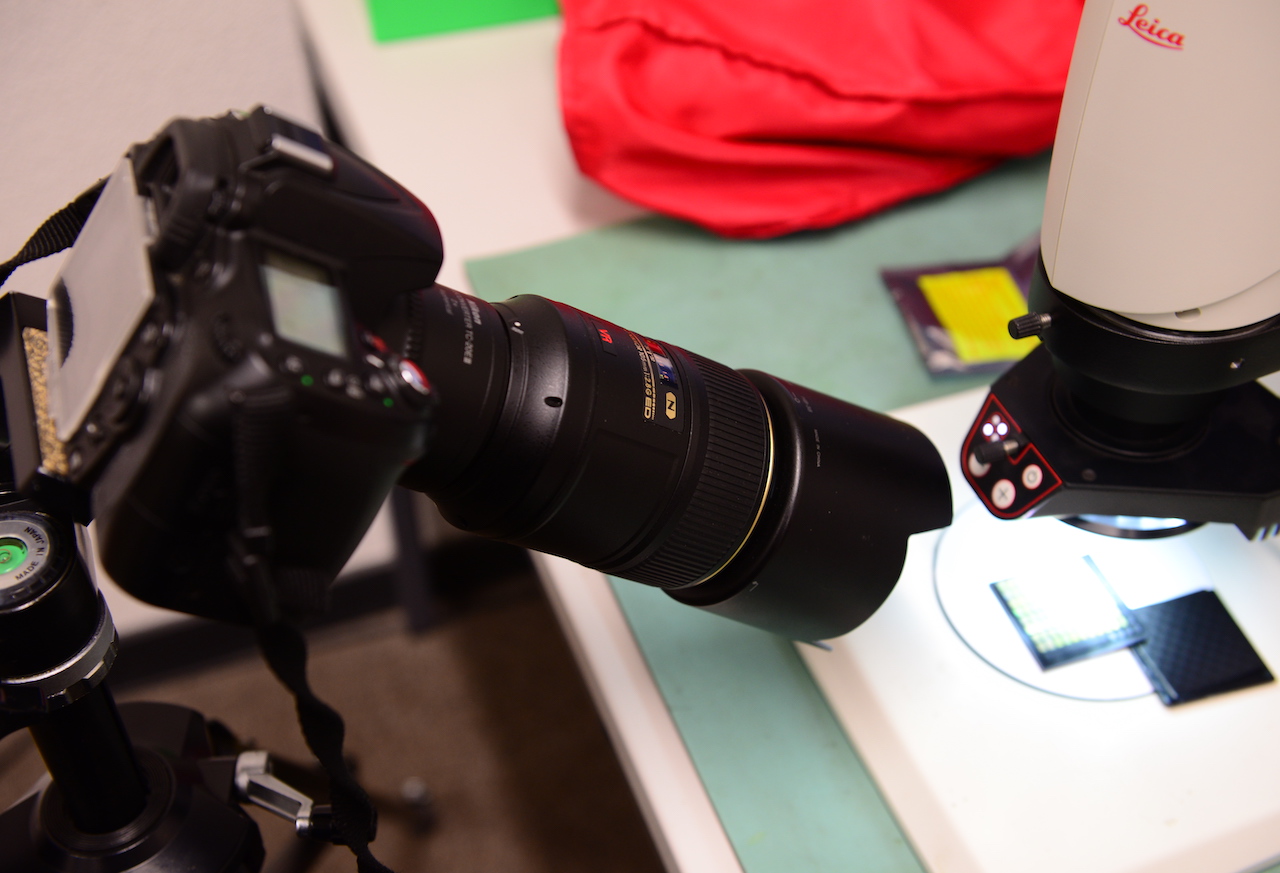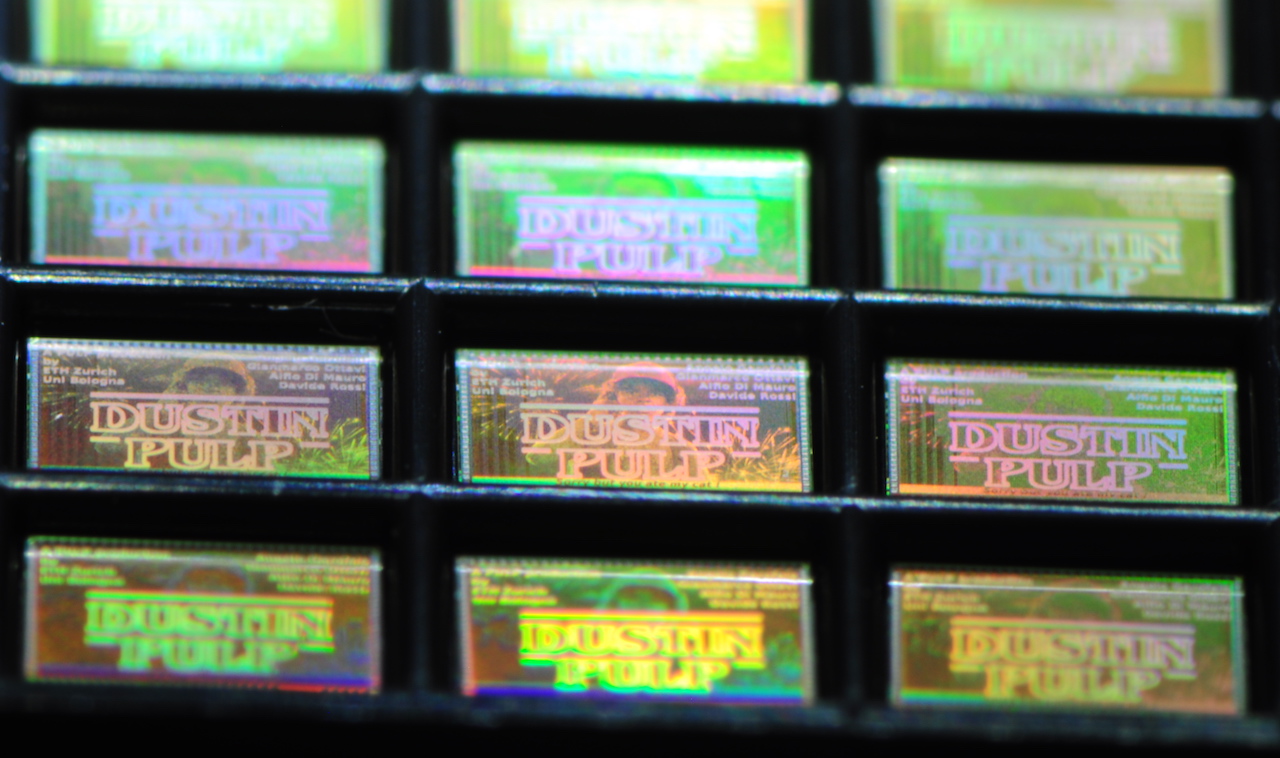Macros
Lenses that lets you come closer
Macros are designed so that the minimum focus distance is lower than a lens of comparable focal length. This allows you to take pictures of small things, insects, flowers and detailed close-ups.
Why/how use a macro
Basically the idea is to take pictures of small things and close ups. Note that many pictures that you think needed a macro, are not shot using macro lenses. You usually will:
- Use smaller apertures (when you are close, the depth of field will be very small, so you will have to use much smaller apertures (f/20 and larger).
- Due to the distance and small aperture, usually need a tripod
- Focus manually.
This is why, for macro photography, auto focus, vibration reduction techniques and fast lenses are really not that important. But you will see a lot of lenses with this capability because...
You can use macro lenses for other purposes
Most macro lenses are prime lenses (there are some zooms) and they can be used regularly for anything else as well. They do not have any shortcomings when you use them regularly. Auto focus, vibration reduction etc, are more useful when they are used for other purposes, not so much for macro photography. They are excellent landscape and portrait lenses.
Getting enough light
One thing to keep in mind is that the minimum focus distance is the distance between the camera sensor and the subject, and not the end of the lens. This is sometimes an issue for smaller focal length macro lenses (60mm or less), for maximum effect you need to come very close, and the camera/lens will start blocking the light. Of course there are tricks for this (flash around your lens for example), but this is why, most of the time, you would want to use 100mm or longer focal length lenses that allow you to have a bit of distance between the camera and your subject so that you can get the light in properly.
Overview
For macro lenses, the focal length does not really tell you how much larger the picture will be, as the minimum focus distance also scales. You usually talk about reproduction ratio which is how large the image will appear on your sensor.
| Lens | Minimum focus distance | Weight | Notes |
|---|---|---|---|
| Nikon 35-105 | cm | 500g | Zoom |
| Nikon 105 | 32cm | 750g | Many models |
| Sigma 150 | 38cm | 1'100g | |
| Nikon 200 | 50cm | 1'200g |
Here I am trying to take a picture of a few small microchips. There is a Nikon 105 macro lens together with a TC 20E teleconverter on a Nikon D90.
And here is the result
The microchips here (Dustin) are 4mm by 2.5mm large and you can read about these chips more here.
Macro lenses on this wiki
Gallery
These pages are for Amateur Photographers and not really for seasoned photographers and professionals. I have no affiliation or commercial interest with any brand/make. I write from my own experience. I ended up using mainly Nikon, so I am more familiar with this brand than others. See price for notes on pricing as well as photography related links.










